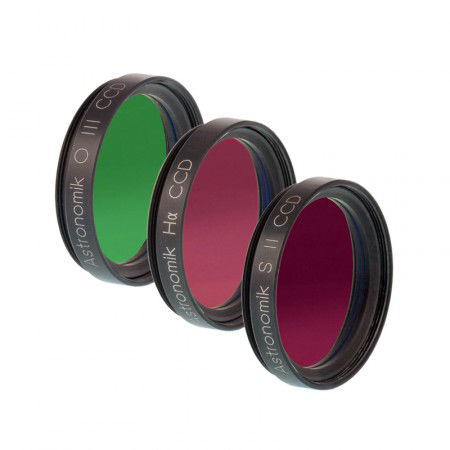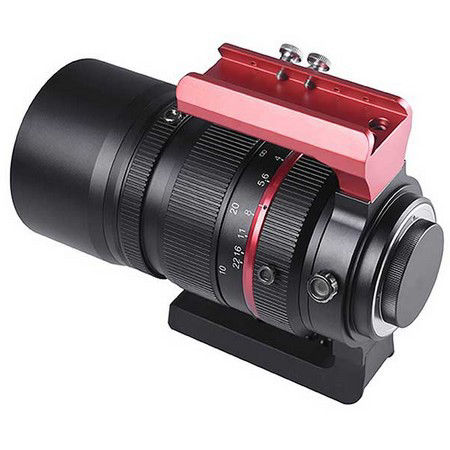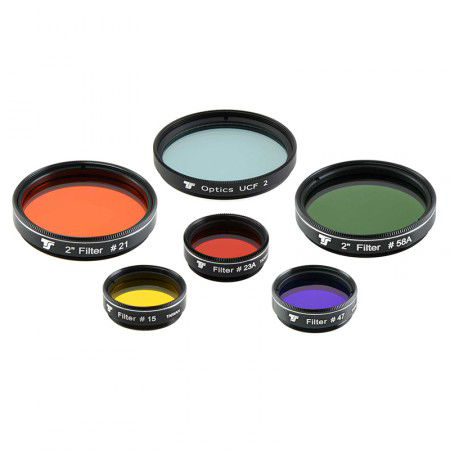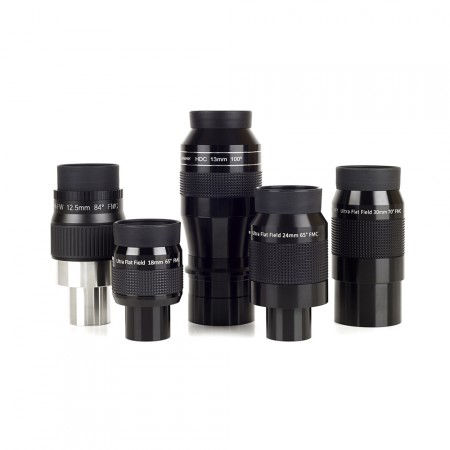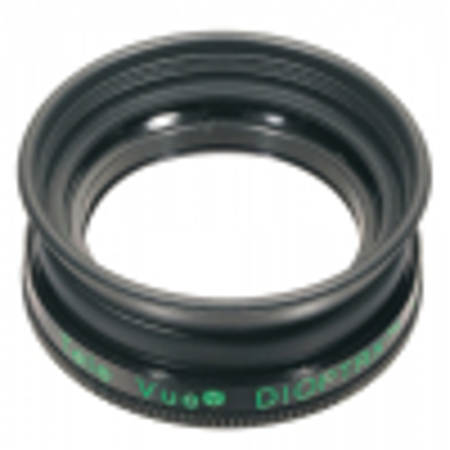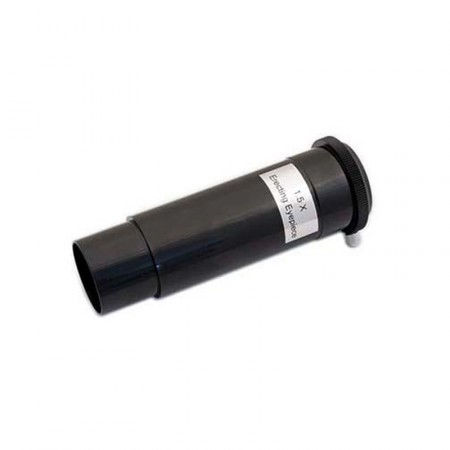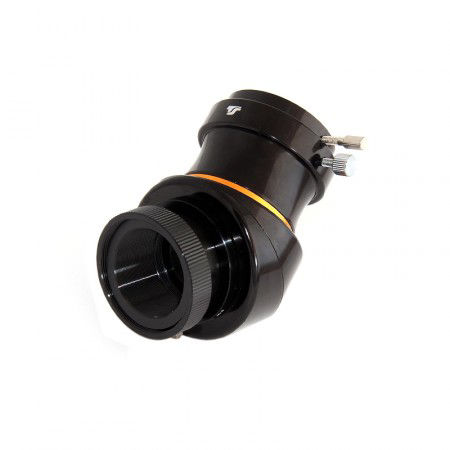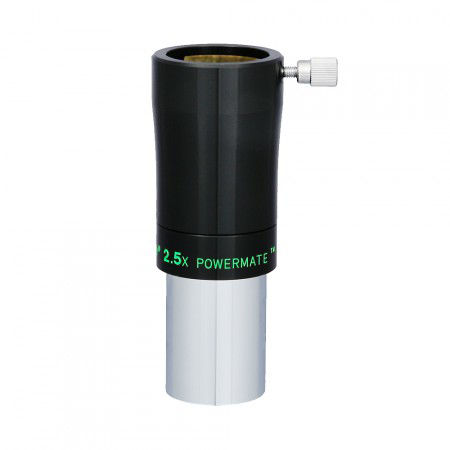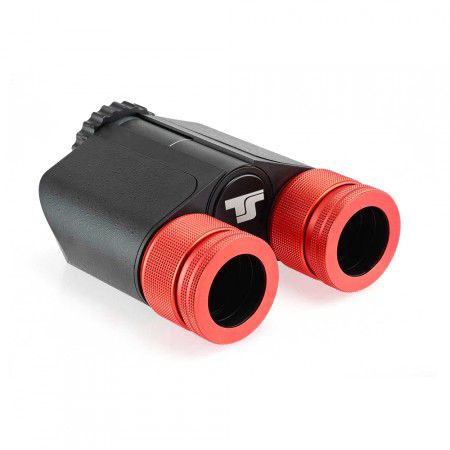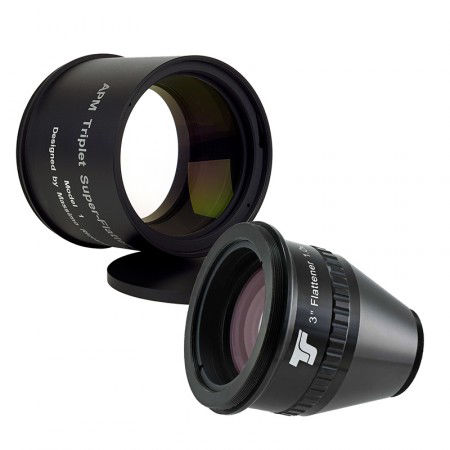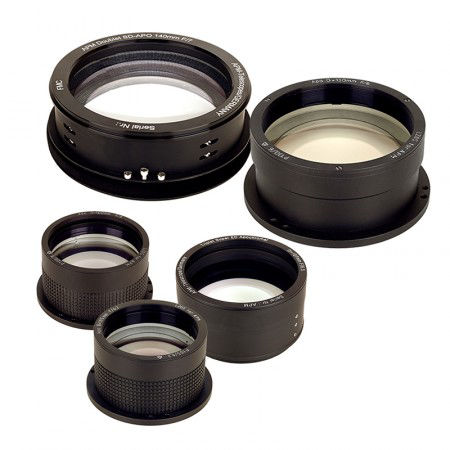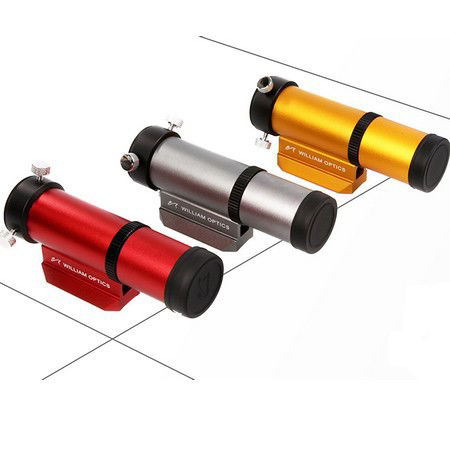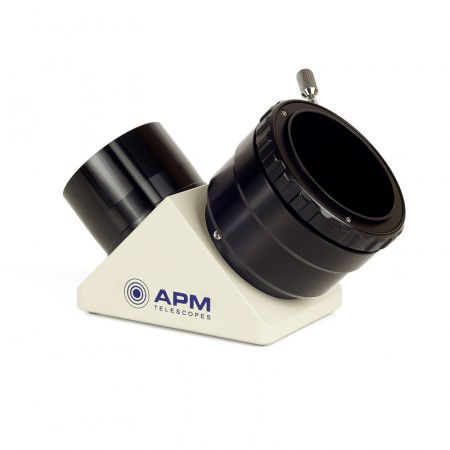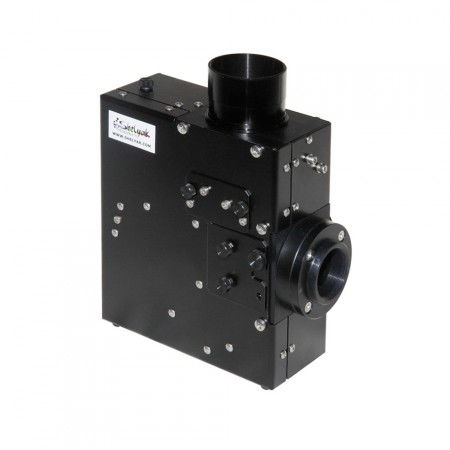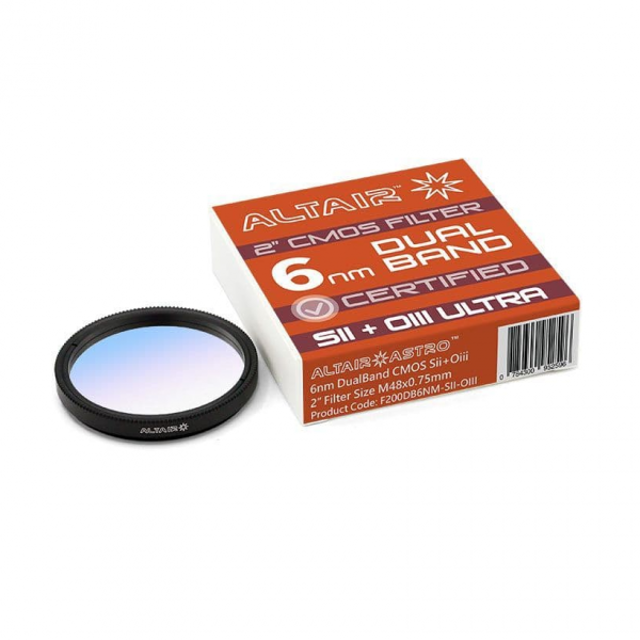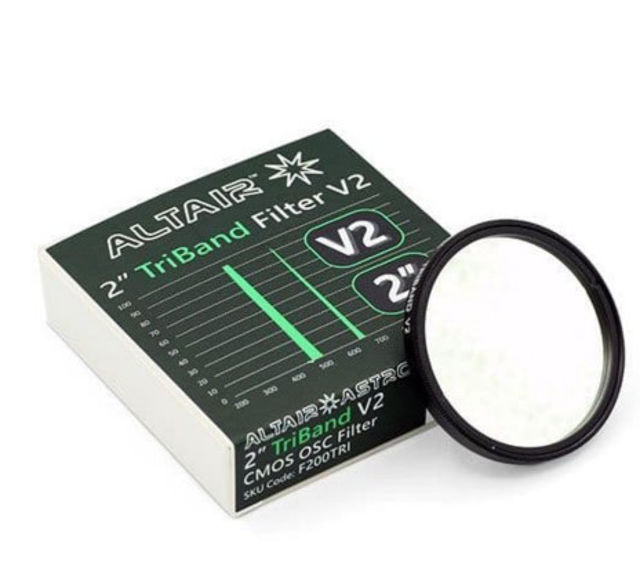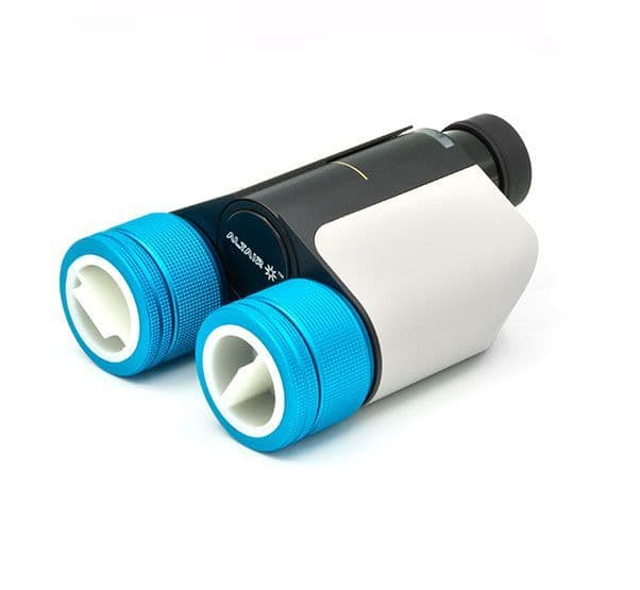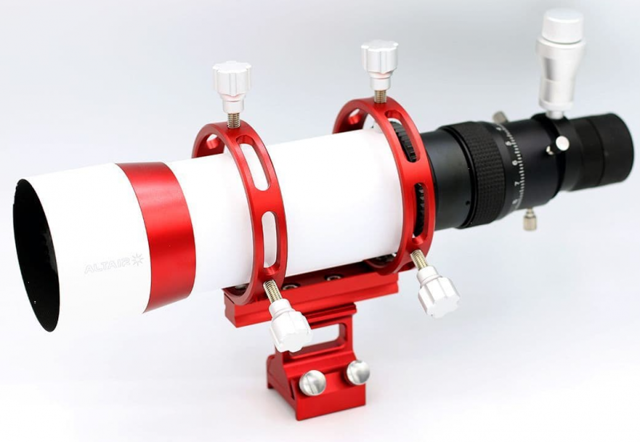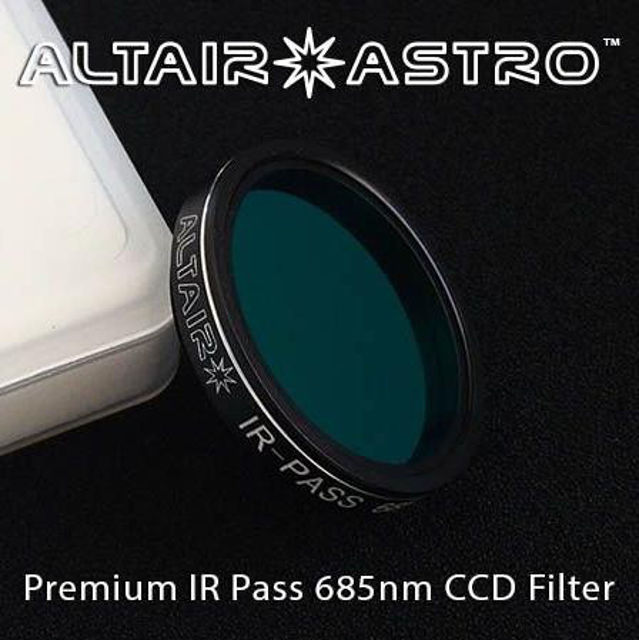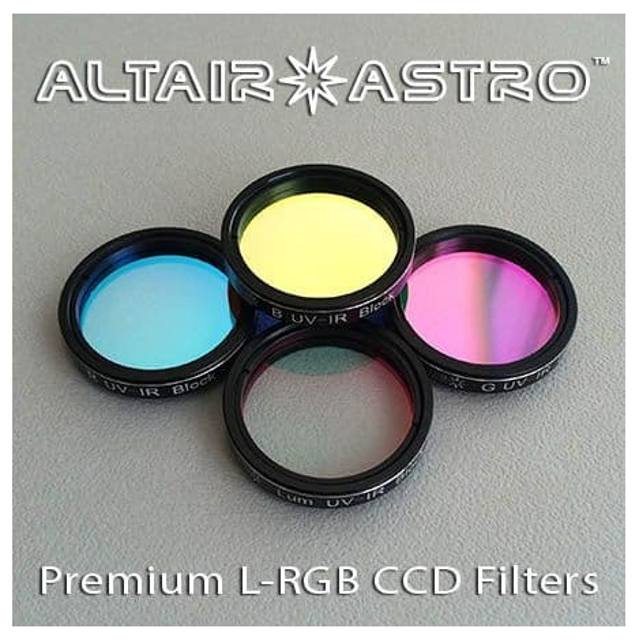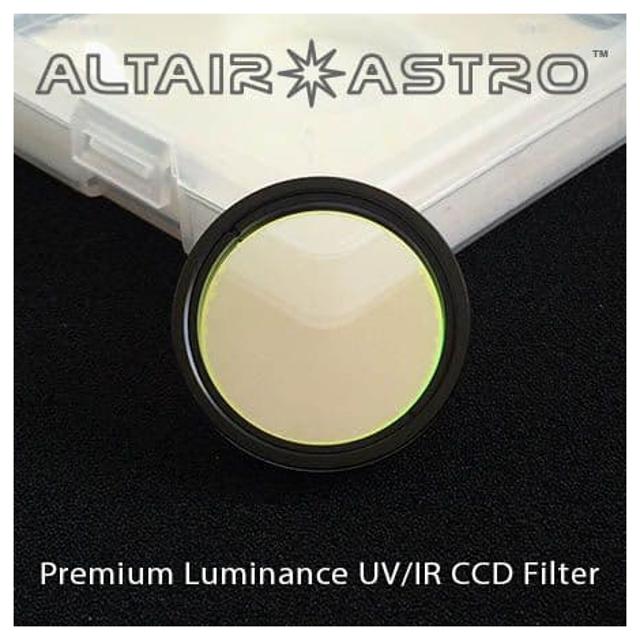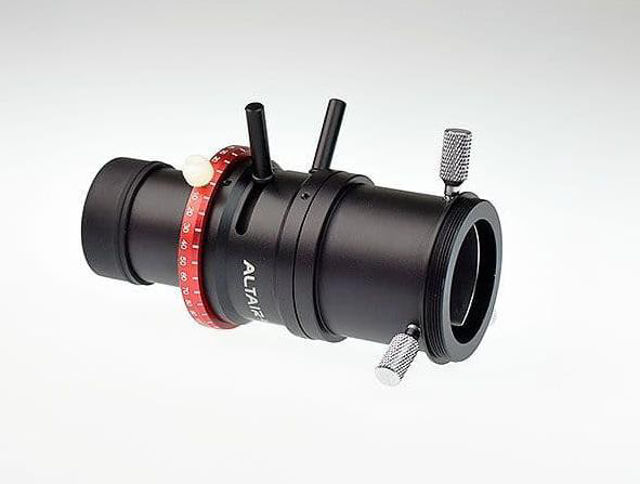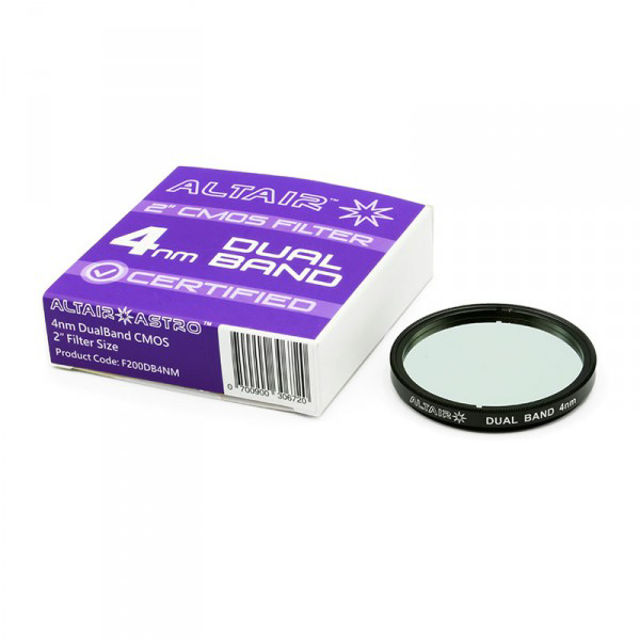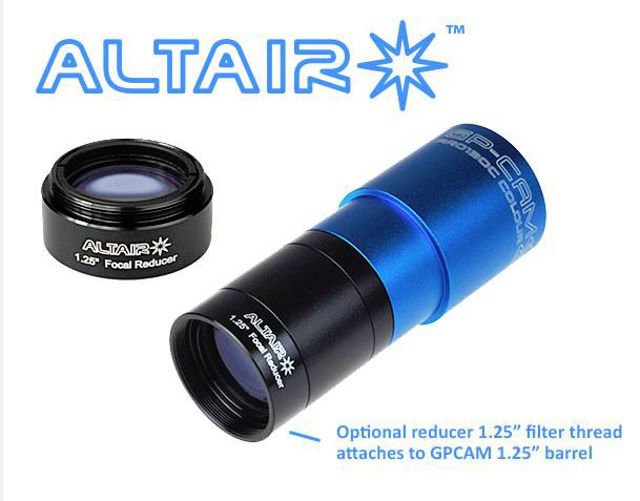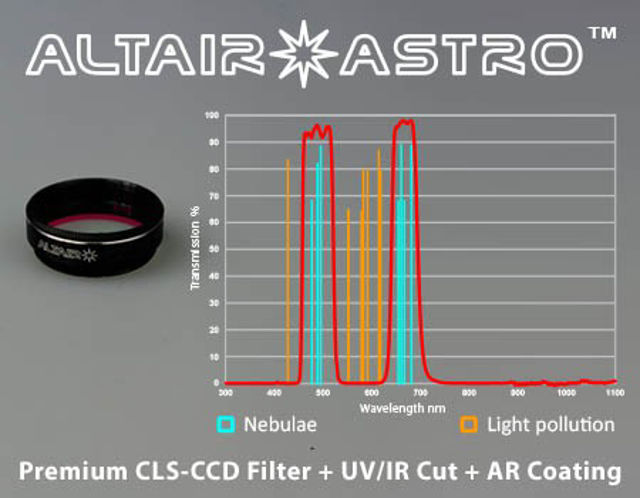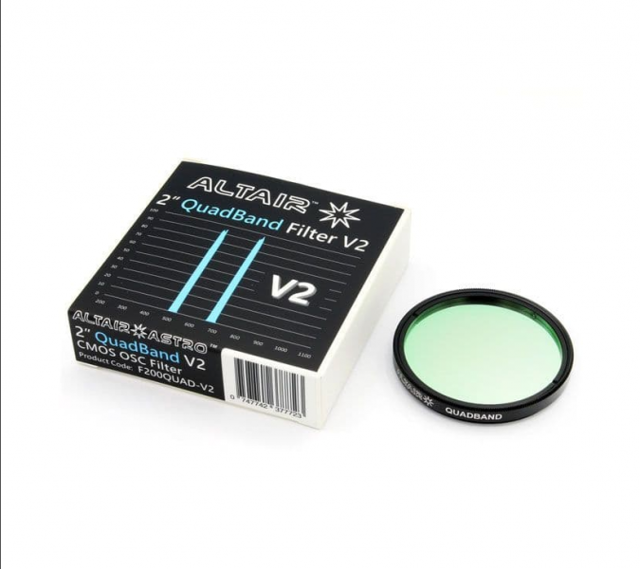Optical Accessories
- Home /
- Optical Accessories
Optical Accessories

Everything you need of optics for visual and photographic work or accessories for DIY projects, can be found in these categories.
Altair DualBand 6nm Filter Features:
- Capture the two main emission nebulae bands at the same time, whilst suppressing light pollution, moonlight, and airglow.
- Acquire more data in less time, opening up your imaging window, even into the summer months when it isn't quite dark.
- If you have the 6nm Sii Oiii Ultra filter and the Ha Oiii version, you can capture twice the Oiii data in each imaging session and combine them for true SHO Hubble style imaging with a colour camera!
- Extremely steep bandpass yields maximum contrast in extreme light pollution: 6nm FHWM centred on 500.7nm Oiii wavelength, and 5.5nm FHWM centred on the 671.6nm Sii wavelength.
- Halo suppression anti-reflective coating.
- Can be used with One Shot Colour (OSC) CMOS or mono astronomical cameras for luminance data.
- Includes UVIR blocking for both modified and un-modified DSLR cameras, plus an anti-reflection coating for the ultimate in contrast.
- Best performance at focal ratios at F4.8 or slower, however can be used as fast as F3.6, with minimal contrast impact (conservative estimate - faster may be possible). Like any dichroic filter, contrast increases as focal ratio number increases. More info about light pollution filter performance and focal ratio here.
309.00 €
Estimated delivery time : 1-2 weeks
The new TriBand V2 Filter
- Anti-Halo coating on both surfaces to reduce reflection artefacts from reducers and camera lenses.
- Increased blocking of UV, IR and unwanted visual range wavelengths. UV OD7 (T0.00001%) Visual OD5 (T0.001%) and IR OD4 (T0.01%) for the ultimate in skyglow blocking. This is an order of magnitude better than foreign filters.
- Higher transmission % of desired wavelengths Ttop 93% (Average 5% higher transmission of target wavelengths than V1). In general a 5% gain on foreign filters.
- Ha at 14nm and Oiii at 34nm FWHM for with less tail-off to reduce unwanted light pollution, whilst keeping transmission high compared to the V1.
159.00 €
Estimated delivery time : 1 week
The Altair wide-field binoviewer allows vignetting-free observations with almost all 1.25" eyepieces through oversized prisms.
- Clear aperture 28 mm / prism diameter 30 mm
- 1.25 connection on the telescope
- Prism surface Lambda/8
- Self-centering eyepiece connection for perfect fit of the eyepieces, also with safety groove
- Built-in micro focuser for diopter compensation on each side
- Short design with only 118.5 mm optical path - can be used with many refractors without compensating the optical path
- Robust transport and storage case included in the scope of delivery
499.00 €
Estimated delivery time : 2-4 weeks
Fast 60mm viewfinder with helical focuser and tube clamps
Key data
- 60mm aperture
- 225mm focal length at a focal ratio of f/3.75
- Illuminated crosshair eyepiece
- Helical focuser (the image does not rotate when focusing)
- Complete tube clamp set with mounting material
- Can also be used as a guidescope
269.00 €
Estimated delivery time : 2-4 weeks
The Altair Astro Planet-Killer 685nm Premium IR Pass Filter is designed to deliver sharper lunar and planetary images with Monochrome CCD or CMOS cameras.
69.00 €
Estimated delivery time : 2-4 weeks
Premium filter features:
- Batch-tested for consistency.
- High quality dichroic/dielectric coatings.
- Anti-Reflection coating to reduce star-halos - stackable.
- UV/IR block for imaging - star bloat reduction with refractors.
- Ultra-flat glass by Schott Germany.
- Precision CNC machined filter cell for strain-free mounting and freedom from tilt.
209.00 €
Estimated delivery time : 1-2 weeks
Premium filter features:
- Batch-tested for consistency.
- High quality dichroic/dielectric coatings.
- Anti-Reflection coating to reduce star-halos - stackable.
- UV/IR block for imaging - star bloat reduction with refractors.
- Ultra-flat glass by Schott Germany.
- Precision CNC machined filter cell for strain-free mounting and freedom from tilt.
55.00 €
Estimated delivery time : 1-2 weeks
With the TS ADC your images of moon and planets as well as your observations near the horizon become significantly sharper and more detailed.
- Corrects the color shift (Dispersion) of our atmosphere - less color fringing, more sharpness and detail
- Convenient operation with eyepiece attached - simply rotate the lever and notice how the sharpness of your view or camera image improves.
- The principle behind the ADC is simple - two prisms are shifted relatively to each other and thereby compensate the color shift of the atmosphere (see image)
- A ring scale allows for reproducable adjustments
- Simple adaptation on the telescope side and eyepiece side via 1.25" receptacle and T2 thread
- Ultraslim design - the TS ADC can even be attached to binoviewers - height without T2 connection parts only 29 mm from T2 to T2
- Usable among others for observation and photography of planets, the moon or double stars
179.00 €
Estimated delivery time : 2-4 weeks
This filter transmits only the H and Oiii light from emission nebulae, with almost total suppression of unwanted light....
609.00 €
Estimated delivery time : 2-4 weeks
Altair GPCAM & Hypercam 0.5x Reducer - Auto Guiding EAA Video Astronomy Solar
32.00 €
Estimated delivery time : 1-4 weeks
Altair Astro Premium 1.25" CLS-CCD Filter features:
- Multi-Layer Anti-Reflection coating to reduce star-halos and reflections from camera optical window.
- Batch-tested for consistency.
- Ultra-flat glass by Schott Germany. 1.85mm Glass 30sec parallel, optical polish to MIL Spec. MIL-O-13830.
- High quality dichroic/dielectric coatings. Electron-beam gun evaporation with Ion-assisted deposition coating technology for durability and resistance to scratching, as well as stability on CWL (central wavelength). No deviation affected by temperature change.
- UV/IR block for imaging - star bloat reduction with refractors.
- Precision CNC machined filter cell for strain-free mounting and freedom from tilt.
79.00 €
Estimated delivery time : 2-4 weeks
Altair Quad-Band 2" Filter for OSC CMOS, CCD and Modified or Unmodded DSLR cameras.
This is the new QuadBand V2 Coating technology which includes:
- Halo suppression. We have not had any reports of halos caused by this filter in testing.
- Increased blocking of UV, IR and unwanted visual range wavelengths. UV OD7 (T0.00001%) Visual OD5 (T0.001%) and IR OD4 (T0.01%) for the ultimate in skyglow blocking.
- Higher transmission % of desired wavelengths Ttop 95% (Average 5% higher transmission of desired wavelengths).
- Ha and Oiii wavelengths at 35nm FWHM for with less tail-off to reduce unwanted light pollution.
159.00 €
Estimated delivery time : 2-4 weeks



